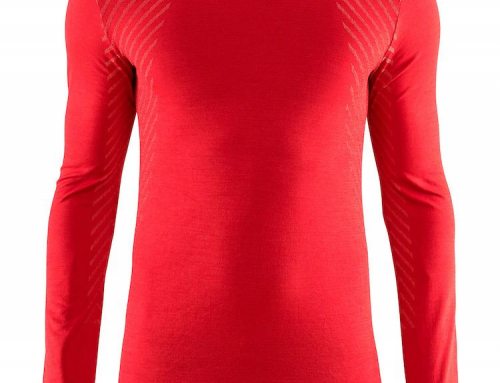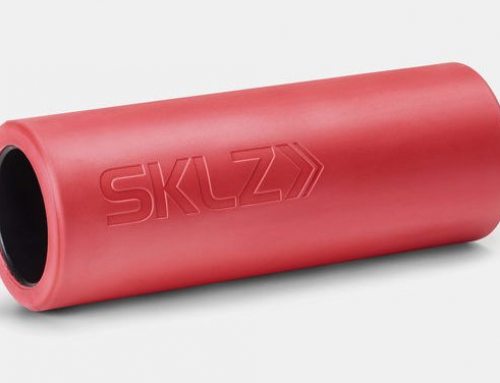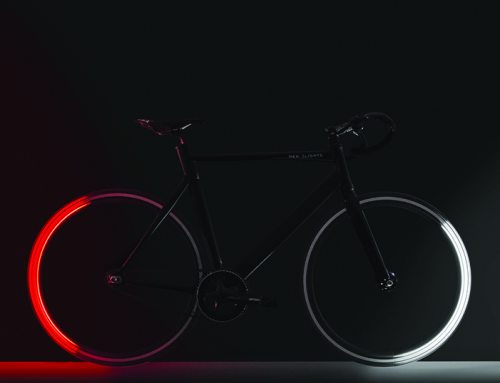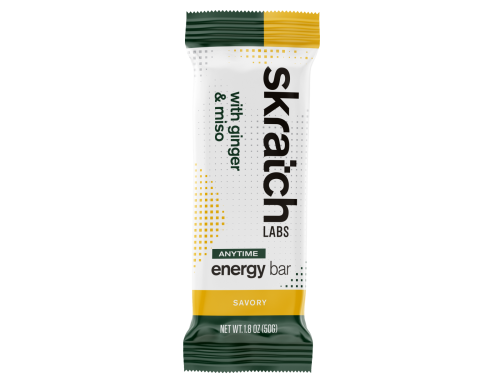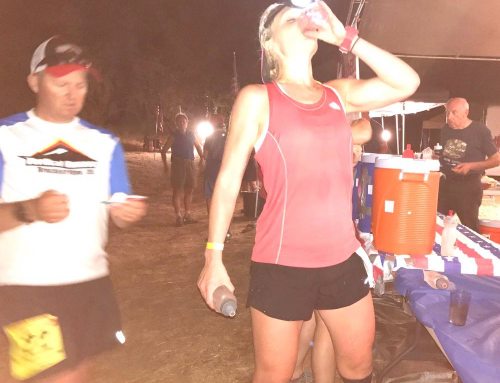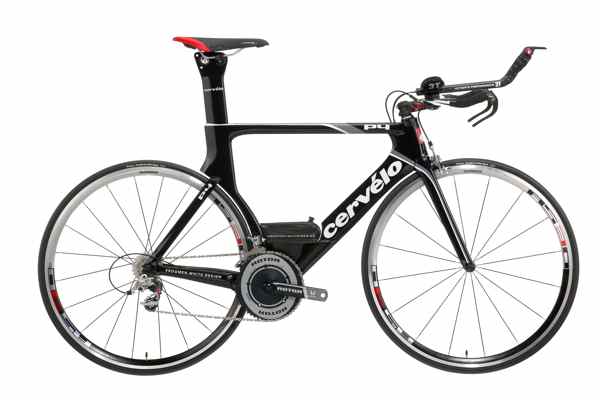
By Cid Cardoso, Jr.
The much-anticipated P4 has been in the market now for a little over a year and it has been received by customers with a mix of awe, curiosity, desire and a wait-and-see attitude. For five years, the Cervélo P3 ruled the time trial and triathlon markets as the supreme time trial machine, with more Ironman and professional time trial wins than any other bike in history. The P3 also consistently tested at the top in terms of aerodynamics and lateral stiffness and was the standard by which other time trial bikes were judged. After years of development and secrecy, Cervélo introduced the P4 in 2009 and encountered a lukewarm demand and a few unexpected problems. Does the P4 live up to its sky-high expectations? I would say yes . . . if you’re willing to give it a chance.
The airfoil shape of the down tube, the aero seat post, curved seat tube, clean lines and black understated paint job were definitely characteristically Cervélo. Closer inspection revealed numerous innovations, all made in the name of aerodynamics and stiffness. Gerard Vroomen, the founder of Cervélo, had always said that his company would not make a P4 until they were sure they could make a bike that was significantly faster than the P3. Since the P3 tested so well in several different fronts, Cervélo’s challenge was a tall one. Consequently, they turned their focus to areas of a bike that had always tested poorly in the wind tunnel, such as rear brakes, water bottles, and cables.
One of the noticeable features of the P4 is that it looks like it lacks a rear brake. The brake is now mounted underneath the bottom bracket to reduce drag. Cervélo’s ingenuity didn’t just move the bulky irregular shaped caliper to a different position, they actually carved out a little compartment inside the frame and developed their own, neatly fitting caliper. They then added a curved cap making the caliper invisible to the eye and the wind. A similar concept was actually used by Zipp 15 years ago with their 2001 framesets (yes, Zipp did make framesets for a couple of years), but Zipp could not recess the caliper inside the frame the way Cervélo did.
The next unique feature is the proprietary water bottle, which was shaped like a triangle and fitted into the frame between the downtube, seat tube, and bottom bracket. It was actually designed to be part of the frame, further reducing drag. This feature has been often criticized by naysayers, but if one spends any time in a wind tunnel, it will be clear that round water bottles, although convenient, are incredibly inefficient in terms of drag. They do not test well on either the downtube or the seat tube. There’s a little more debate over the drag caused by water bottles mounted behind the saddle, but most experts now say the drag is still noticeable. As a result, a P4 with its frame water bottle and a round bottle mounted lengthwise on the cockpit (with the Hed lollipop or XLab torpedo) is the best liquid carrying set up in terms of aerodynamics.
Cervélo then integrated the fork with the headset to further smooth out the front end and routed the cables internally, through little holes on the top tube, close to the headset. On the back end, Cervélo developed massive chainstays that flared horizontally inward to stay hidden from the wind while delivering unparalleled stiffness from the bottom bracket to the rear axle. Finally, to keep its tail end completely airfoil shaped, they moved the seat bracket from its characteristic rear position (P2 and P3) to a front, recessed position, again invisible to the wind.
As soon as I got on the P4, I could tell that it behaved like a bullet. Even in the parking lot I could tell that it was stiffer than my P3. That actually surprised me since I always thought that manufacturers were getting to the point where additional stiffness didn’t matter as much, since that would be beyond the needs and perceptions of humans. I thought the P3 was close to that threshold, but I can honestly say that is not the case. The bottom bracket and stays on the P4 turn practically every ounce of energy created from the pedal revolutions into forward motion. The other thing that I noticed right away was how the P4 seemed to track better than any other bike. I’m not sure if the integrated fork made it feel more solid and stable, but once again, the feeling was undeniable. Having come from the P3, setting up the geometry was easy enough for me as they are practically the same (the seat tube on the P4 size 54 seems to be about .5 cm lower than the one on the P3, but other than that they were the same).
Out on the open road, the bike was even more enjoyable—that is, until the seat post started to slip down. I stopped and adjusted the height and tightened the bracket and got on my way. However, the slippage happened two times more before the end of my 60-mile ride. I now understood the frustration experienced by some of the early P4 model owners. It’s so easy to like the bike due to its unmatched speed, but it’s so annoying to have to stop repeatedly to adjust the saddle height. Cervélo eventually figured out that the problem was in the design of the seat bracket and have since redesigned it, to improve the clamping power and angle to secure the post in place. They also reinforced the rear area of the seatpost collar to eliminate some of the hairline cracks that had developed in earlier production models. In my case, I solved the sliding seatpost issue by getting a longer seatpost and cutting it to my exact saddle height length with the bottom of the seatpost bottoming out at the inside of the frame.
I was initially curious about the P4 water bottle, but I found it easy to grab during a ride. The problem was that it got ejected occasionally when hitting railroad tracks or potholes. Again, Cervélo has since redesigned the bottle/bracket combination to increase the friction and prevent ejections. Hopefully we’ll still be able to pull it out without crashing. There’re also rumors that Cervélo will introduce a “pouch” in the same shape to carry other things such as flat kits and tubes.
The rear brake, which also got some complaints in various forums, was not initially a problem for me. I found it to work fine during normal riding conditions, providing ample braking power. For the mechanic however, that was a different story. Since working on it required removing the crankset, rear wheel, and the carbon faring, adjustments were not easy. Cervélo has also redesigned this, making it unnecessary to remove the crankset on the 2011 version. Like the seat bracket, the brakes can be retrofit for those customers who already have P4s at no additional cost. The rear brake became more of a problem to me when I tried to use a pair of Zipp’s new carbon clinchers with the Firecrest rim technology. The wider rim rubbed on the brake pads even with the rear brake wide open. Supposedly, the new brake calipers will address this problem, as they will allow for an increased opening by a couple more millimeters on each side, providing enough clearance. In fairness to Cervélo, the P4 is not the only frame that has clearance issues with the new wider aero wheels. Nevertheless, other than the disappointment of not being able to try new wheels, this was not a huge problem for me since my racing setup of a Zipp 900 disc and 808 front works flawlessly with the P4.
My verdict is that the P4 is currently the fastest production bike in the market. It is certainly the fastest bike I ever ridden. Every race, every ride, I marvel at how fast the bike is, how easily it cuts through the air and how quickly it climbs due to its tremendous stiffness. I will say that it is perhaps a little like an exotic sports car, which along with its allure and performance attributes come a few nagging issues that may require the assistance of your knowledgeable mechanic and trustworthy dealer. I found these problems be annoying but certainly not insurmountable. Furthermore, Cervélo tells us that all of these will be resolved with the 2011 version. So, if you’re looking for ultimate speed in a bike, definitely test ride a P4. If you don’t want to be bothered with minor inconveniences of evolving technology, save some money and stick with the P3.
# # #
Cid Cardoso, Jr., owner of Inside Out Sports, has been doing triathlons for over twenty years. Last October, he competed in his 21st Ironman—his sixth appearance at Kona. A veteran of ultramarathons, he has competed in Team RAAM twice. He has seen equipment evolve with the sport and continues to test new products to assess their impact on performance. He trains, works, and resides in Cary, NC, with his wife, two daughters, and son. You can reach him at HYPERLINK “mailto:cidjr@insideoutsports.com” cidjr@insideoutsports.com


